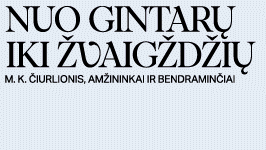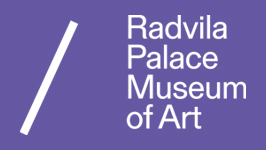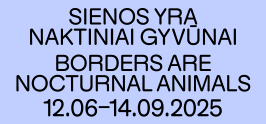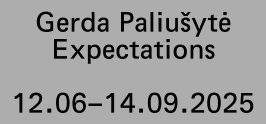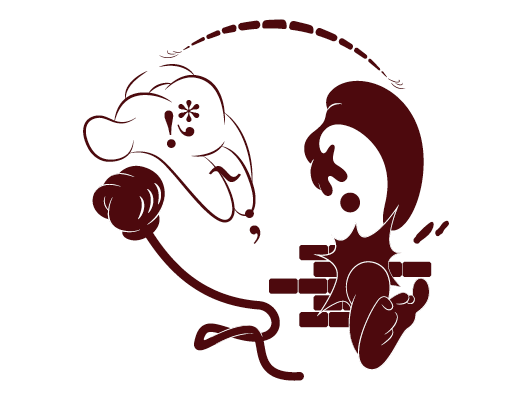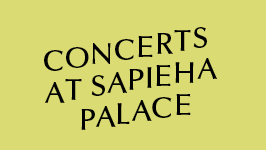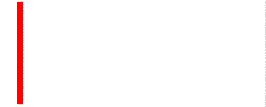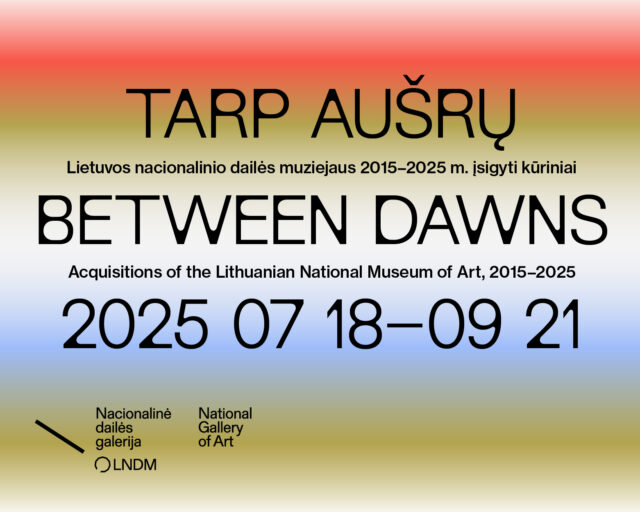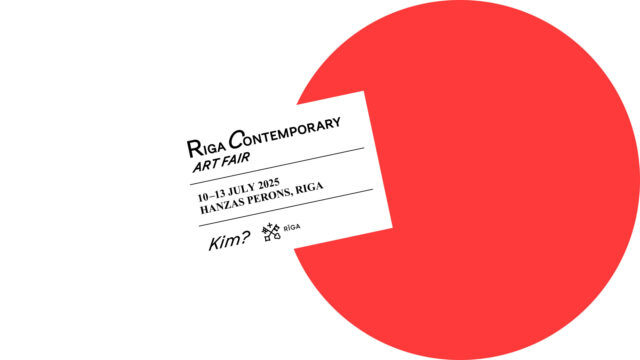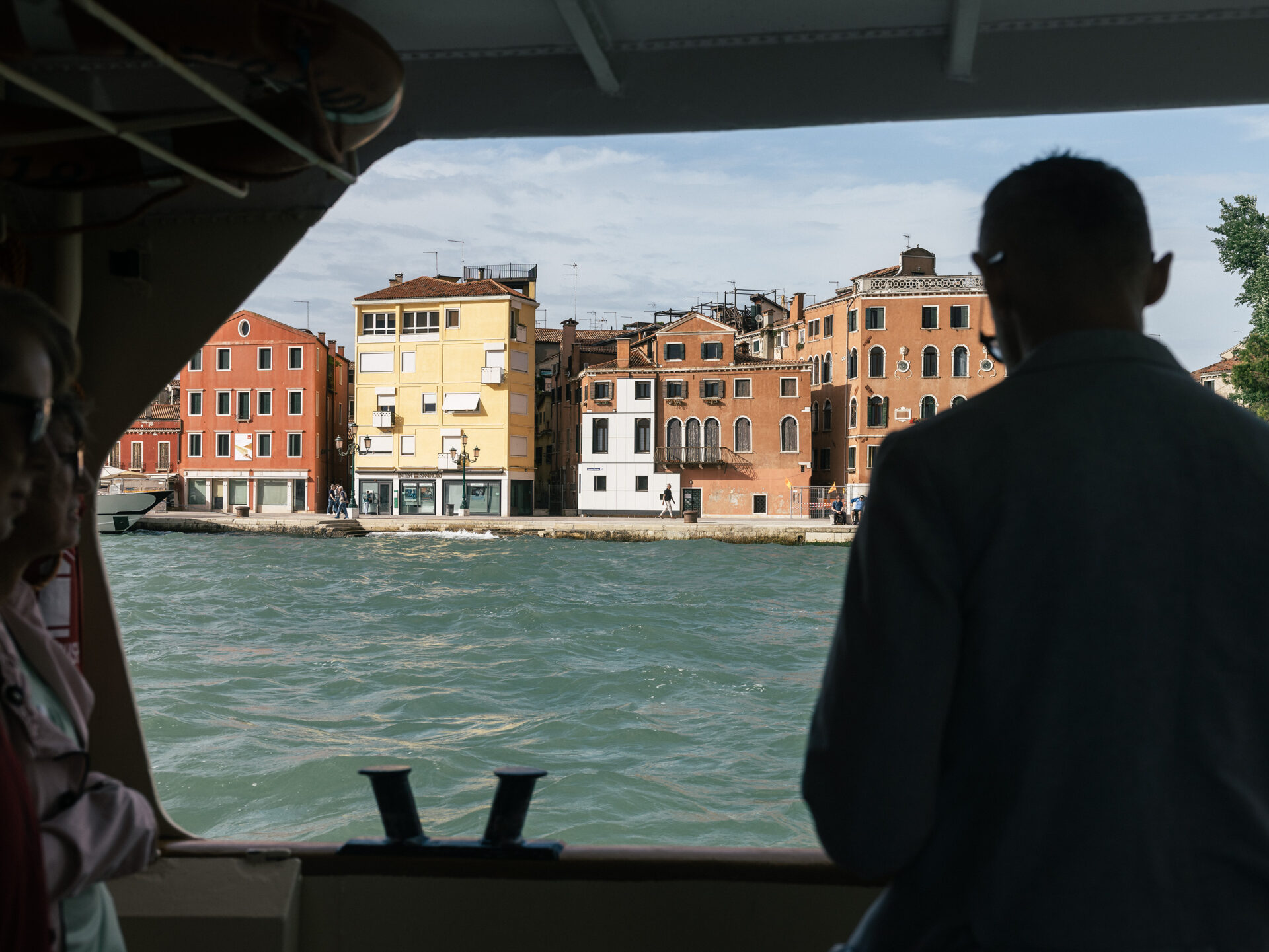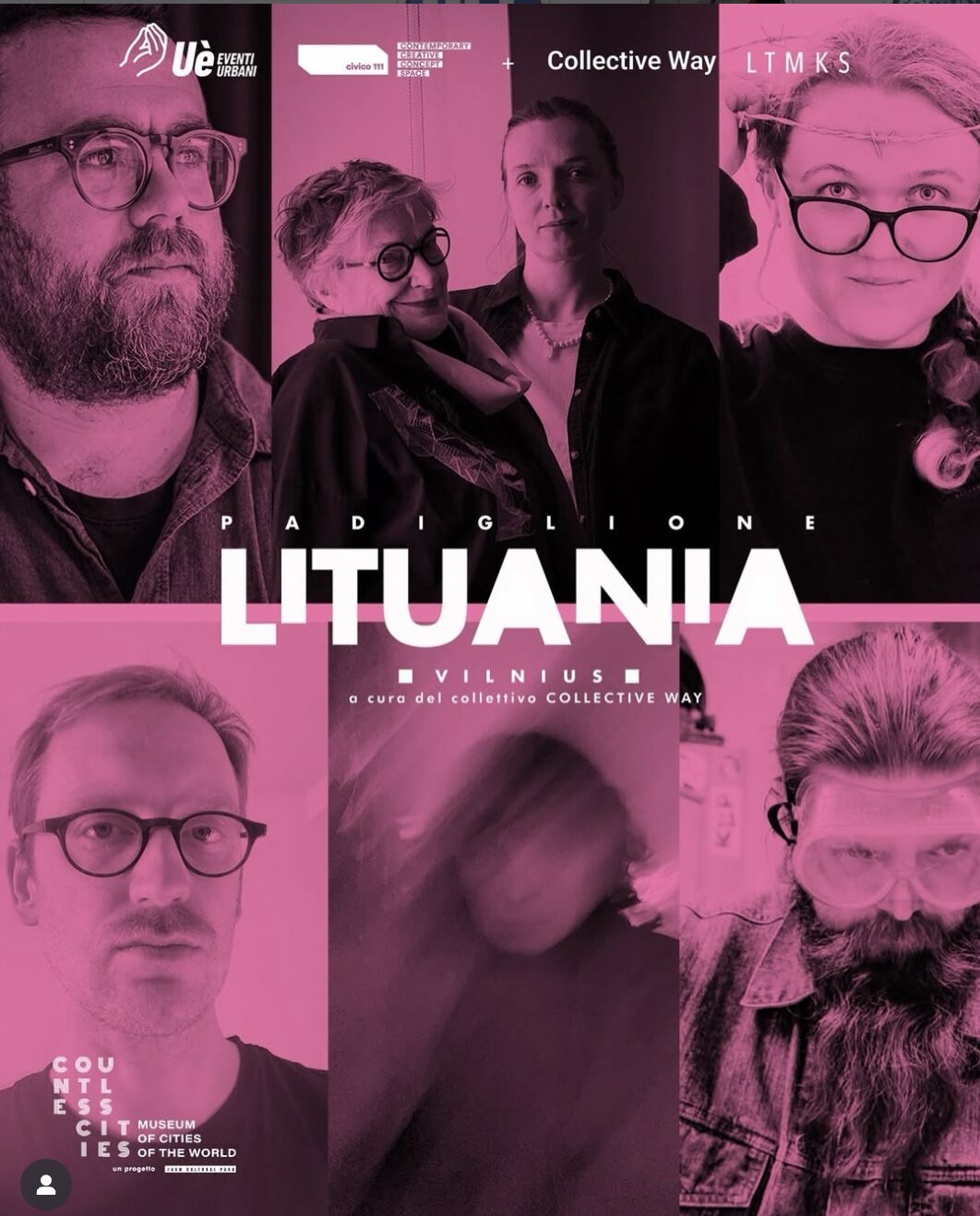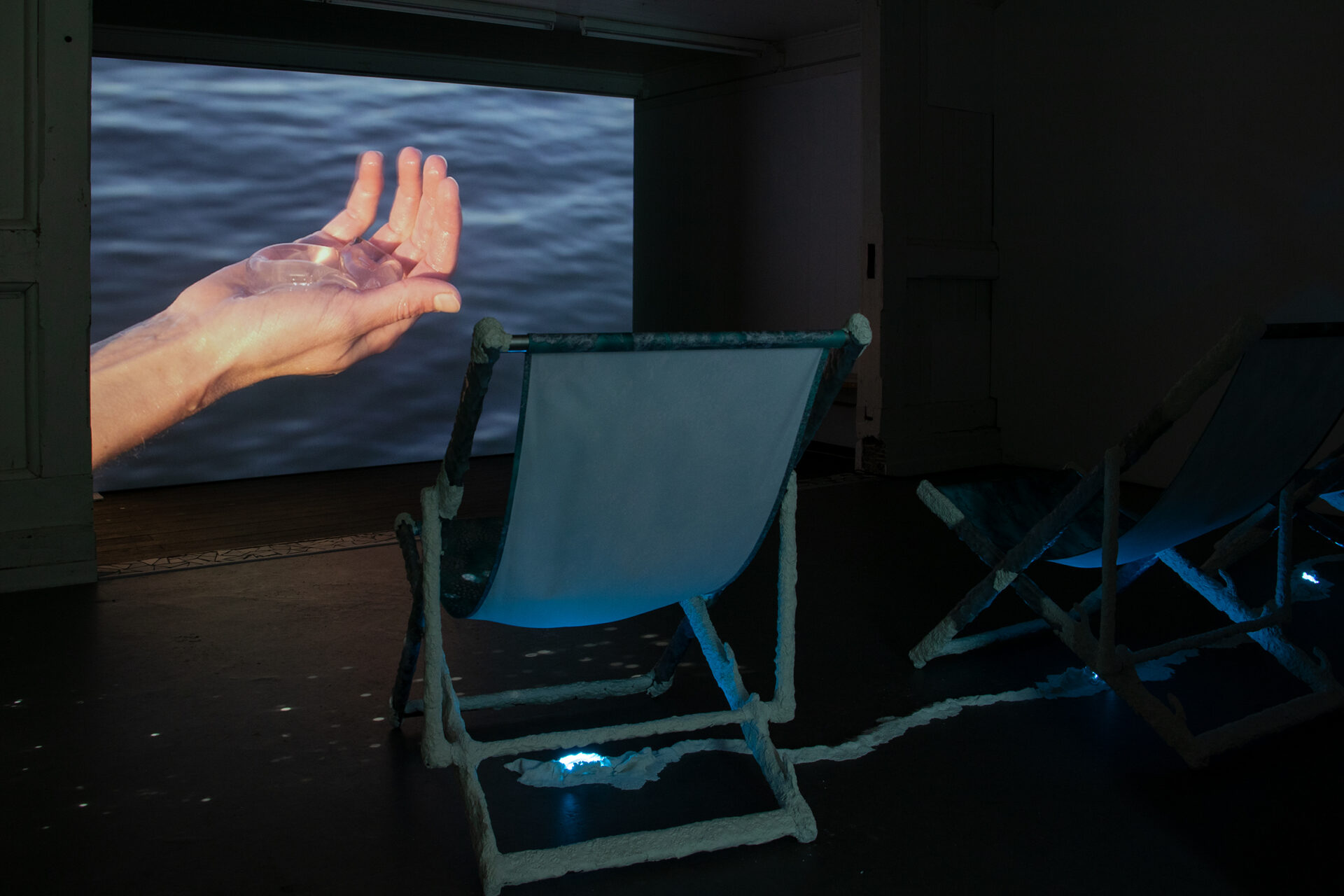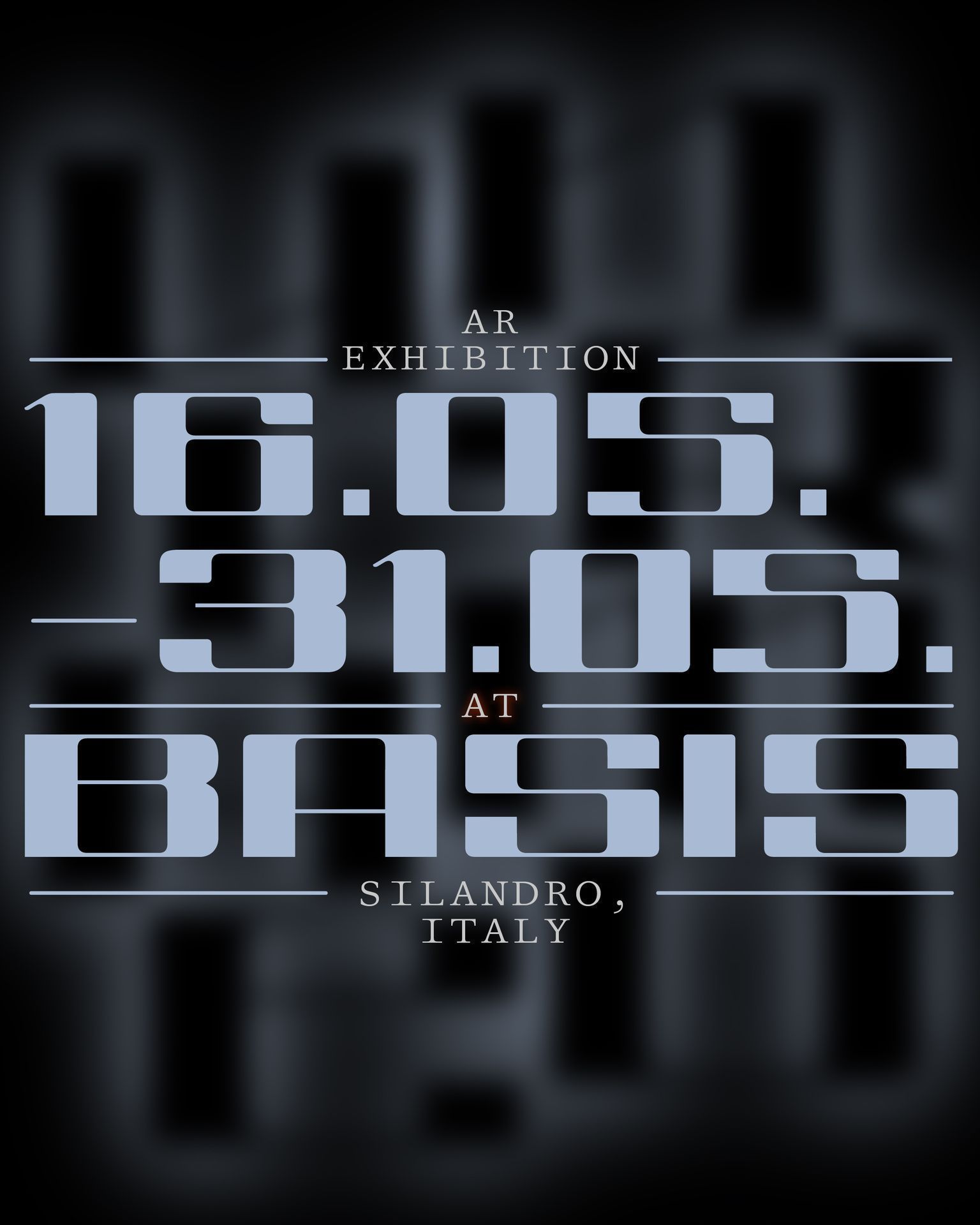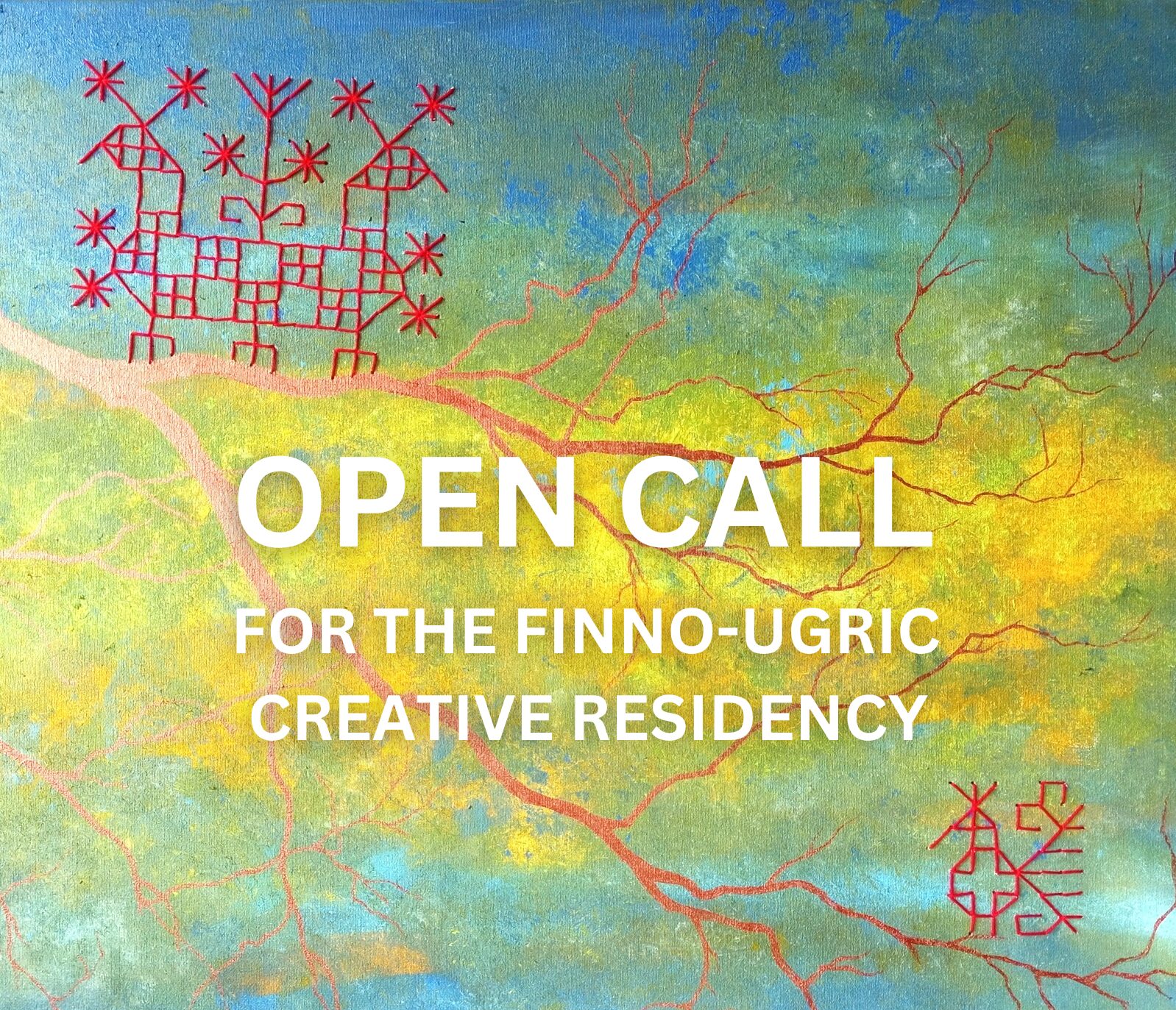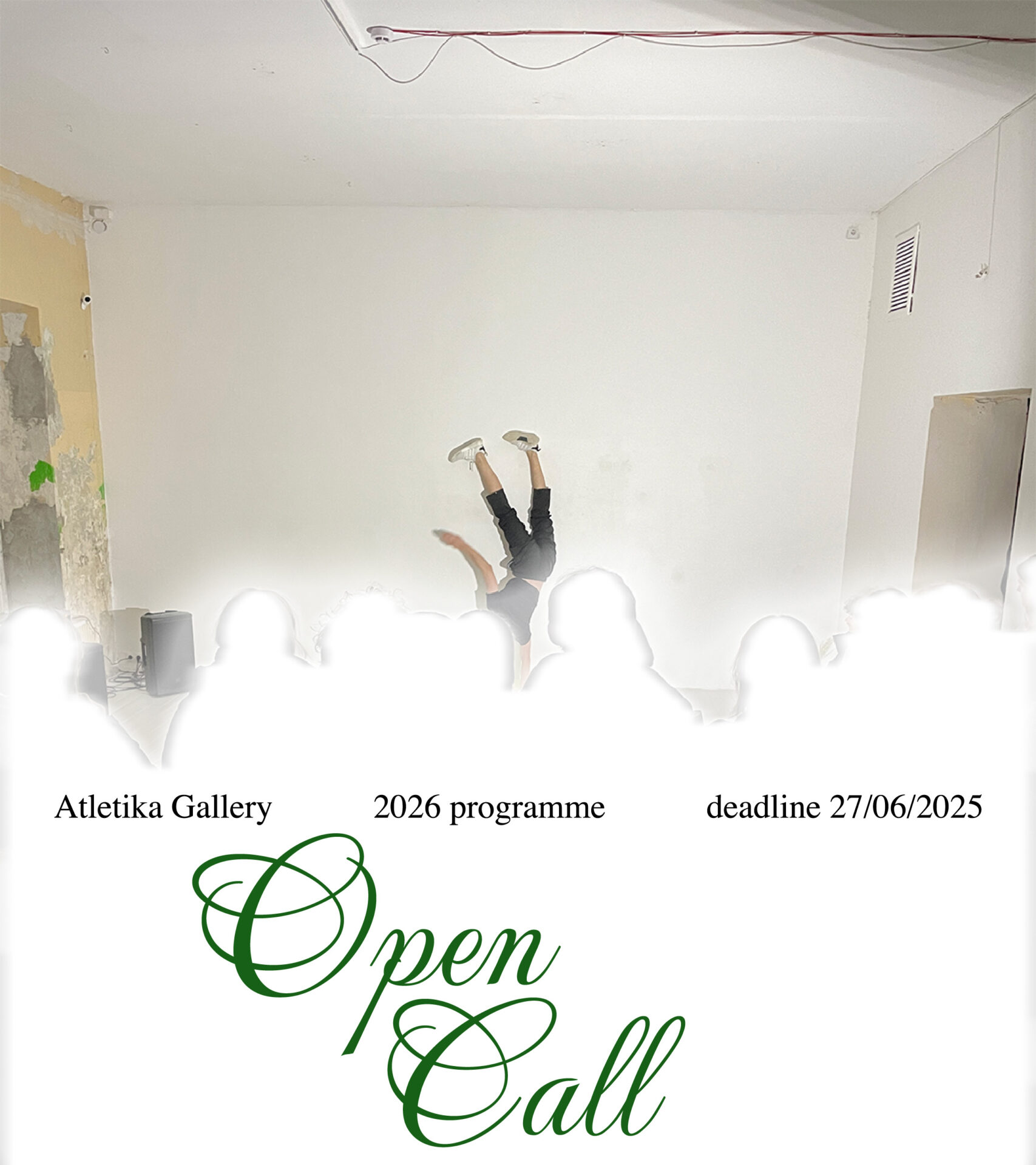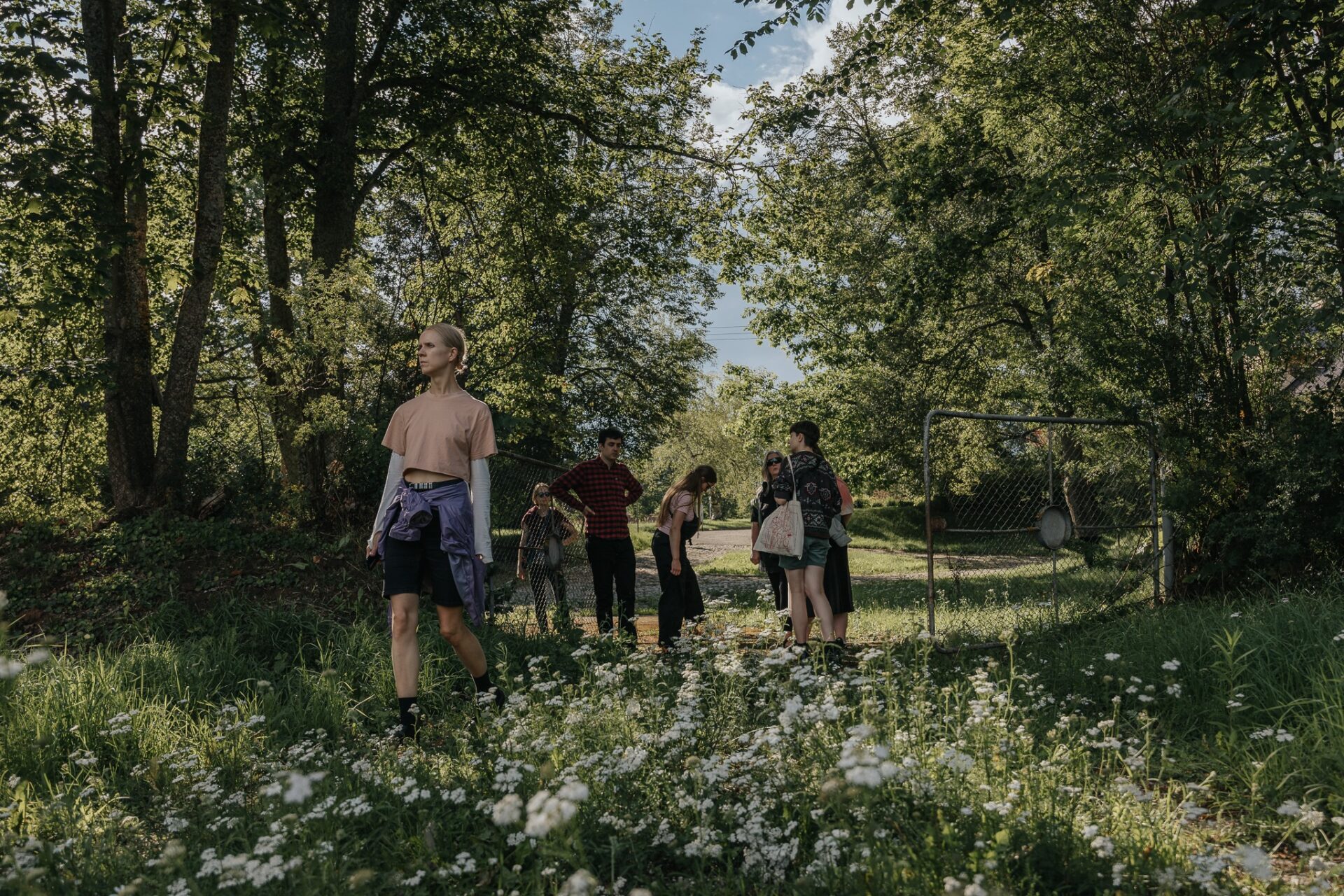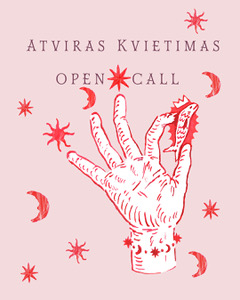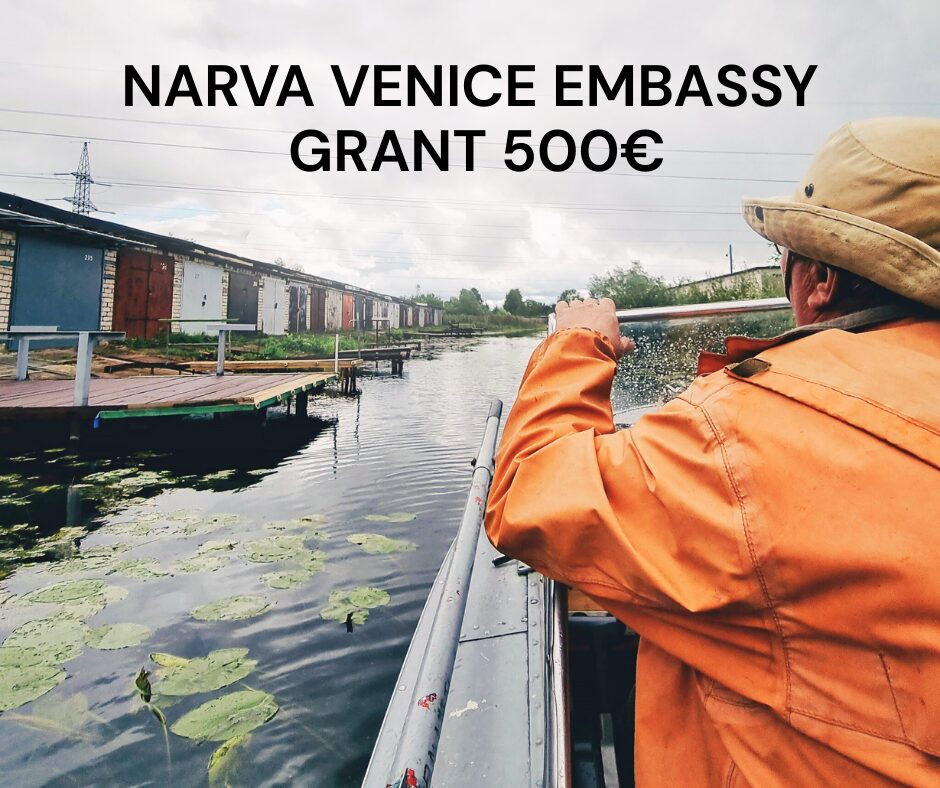The group exhibition The Bambi Project is in reference to Austrian writer, Vienna modernist and Zionist Felix Salten’s novel Bambi: A Life In The Woods, published in 1923. Salten tells the story of forest life from the perspective of animals and plants, introducing in great detail their lives full of sight, sound and smell related learning experiences. Later, thanks to the Wat Disney animated drama film Bambi (1942), this forest tale became a significant element of pop culture and also an inspiration for many environmental activists. Over the years, this culturally significant story has been the subject of considerable discussion about its true message from raising environmental awareness and ecocriticism to the representation of the Jewish nation in Europe.
Almost a hundred years have passed since Salten’s book was introduced to its first readers but the story has not lost its relevance today. Now, when discussions of environmental issues, the anthropocentric world view and climate crises have gained new momentum and online book club culture, a curious side effect of the global pandemic, has become more popular, it seems the right moment to revisit the pages of this forest tale.
Six artists from Estonia, Latvia and Lithuania who participate at the exhibition – Eike Eplik (EE), Žilvinas Landzbergas (LT), Ingrīda Pičukāne (LV), Laura Põld (EE), Rūta Spelskytė (LT), Līga Spunde (LV) – are commonly deeply interested in nature and storytelling. The artists reread Salten’s novel and met in the online book club to contemplate how this story connects with their personal experiences, the environmental issues we are facing today and the reconnection with nature as part of the idea of a post-human world. As a result of this experimental book reading laboratory, each of them has chosen some triggering aspect of Salten’s story and created new works for The Bambi Project.
Exhibited in the darkened, protective environment of Kogo Gallery, the artists’ works have become a coherent ecosystem in an imagined forest.
The exhibition is curated by Šelda Puķīte who is also the curator and head of the programme at Kogo Gallery.
The Bambi Project is introduced as part of the Ecology – Economy thread, which runs through this year’s exhibition and public programme at Kogo gallery.
The exhibition will open on Friday, August 27 at 6 pm at the Widget Factory (Aparaaditehas) during the Galleries’ Night event. The exhibition will remain open until October 9, 2021. Kogo Gallery is situated in Tartu at the Widget Factory (Aparaaditehas) on Kastani 42, the opening hours are Wed–Fri 13–19 and Sat 13–18.
The exhibition is funded by the Cultural Endowment of Estonia, the City of Tartu, the State Culture Capital Foundation of Latvia, the Lithuanian Council for Culture, the Nordic Council of Ministers, and Akzo Nobel Baltic AS.
Kogo Gallery is a contemporary art gallery in Tartu, Estonia, established in 2018. Kogo focuses primarily on introducing younger generation artists in Estonia and internationally. The artists of the gallery include Alexei Gordin, Eike Eplik, Mari-Leen Kiipli, Kristi Kongi, Eva Mustonen and Elīna Vītola.
Eike Eplik (1982) is a sculptor and installation artist. She uses nature motifs to construct narratives, utilises the gallery space from floor to ceiling, and works with sculpting techniques from classic plaster casting to paper and wood assemblage and found objects. The processes in her art are partly subconscious and not always fully explainable. When preparing exhibitions, Eplik relies on improvisation – to the extent the material allows, of course.
Žilvinas Landzbergas (1979) is a sculptor and installation artist whose work transforms spaces into situations with their own time and place. In his installations, connections between different elements are created according to the logic of tales: the linear narrative is replaced by links involving transitions and references that do not provide definitive answers. He also weaves his personal experiences, which remain inaccessible to the viewer, into reflections on and criticisms of social and historical contexts in his work. In his later work, where conceptual continuity is particularly important, Landzbergas turns to mythical thought, the demiurgic – conceptually creative – origins, by contemplating their presence in contemporary consumer culture.
Ingrīda Pičukāne (1978) is a feminist artist who focuses her art on the analysis of the female perspective. She is interested in women’s everyday life and stories ‒ personal histories that are so often omitted. Pičukāne holds two MA degrees, one from the Department of Animation at the Estonian Academy of Arts and the second from the Department of Visual Communication at the Latvian Academy of Arts. Since 2007, her comic strips have been regularly published in the š! comic anthologies and shown at comic exhibitions abroad. The artist designed the Beautiful Mothers book by Jana Kukaine and illustrated a number of children’s books published by the “liels un mazs” publishing house. Pičukāne is editor and artist of the Samanta zine (first issue published in 2017).
Laura Põld (1984) continuously explores fundamental human (and animal) needs, including community, safety and shelter. She started making paintings and installations referring to a sense of home and living abroad in the 2010s. In her latest work, she focuses on her choice of materials and their historical context, implementing traditional handiwork and building techniques like (primitive) ceramics and embroidery, which interest her as a preservation of memory and experience. In her oeuvre, Põld has been engaged in creating a sense of place, combining and juxtaposing materially sensitive objects, narrative elements and memorabilia within the qualities of a specific exhibition space. Her often large-scale constructions or installations either take over or interfere with the allocated exhibition venue and/or its context.
Rūta Spelskytė (1985) as an artist is especially interested in misunderstandings and failures by humans, as well as the interrelations between science and the extro-science fiction world. She works with rare specimens, the emission of light and pigments, imagining future alchemy, plants, animals, and senses that could be trained or found. Spelskytė studied printmaking and sculpture at Vilnius Art Academy receiving bachelor and master degrees. In 2019, she also received her doctoral degree from Vilnius Art Academy.
Līga Spunde (1990) presents her works as multimedia installations, intertwining personal stories with deliberate fiction. References to different times and symbols are incorporated, building a vast yet subtle web. The precision of interpretation and new-found contexts become an extension of personal experience, attaining generally accepted truths. In 2016, she completed her postgraduate studies in the Department of Visual Communication at the Latvian Academy of Arts; her graduation project, The Hike, was named one of the three best projects by graduates of European art academies.

